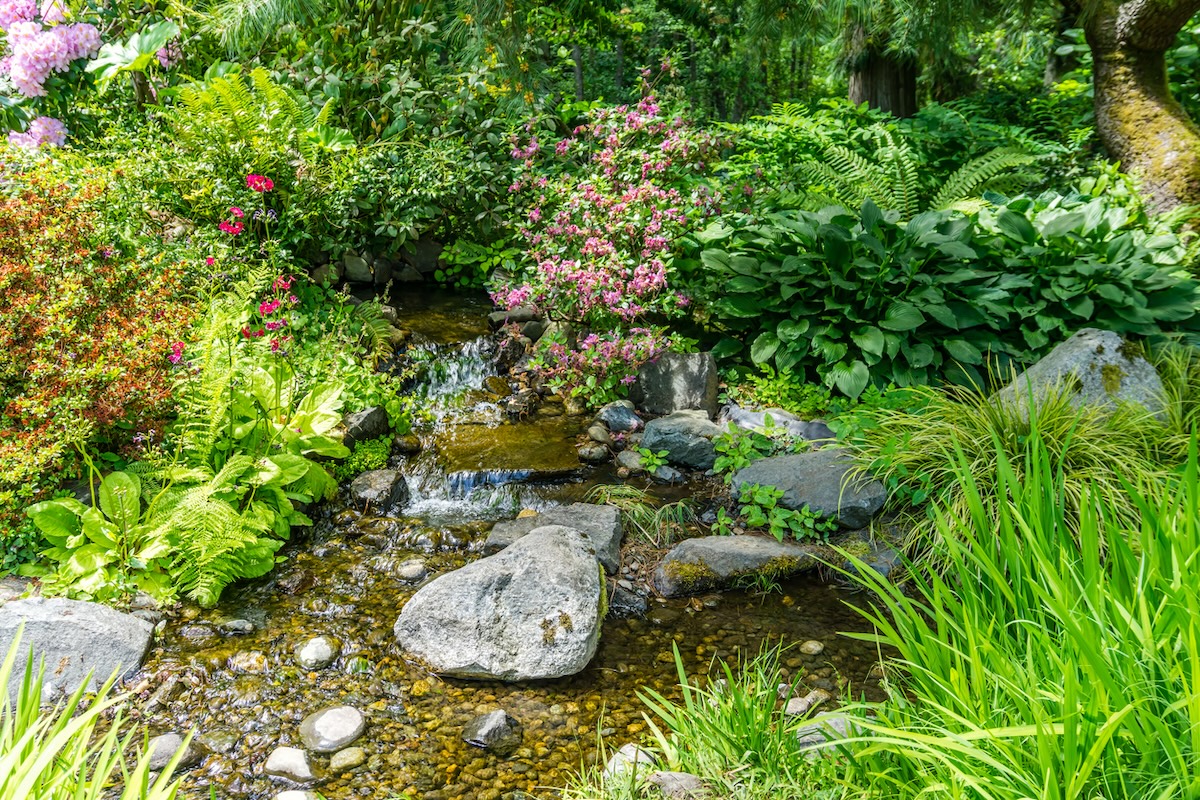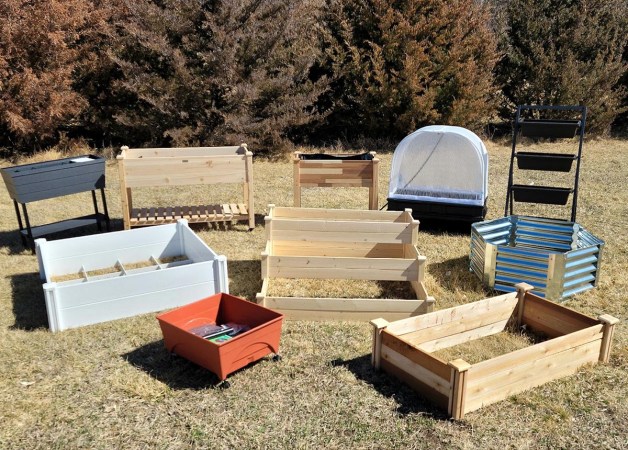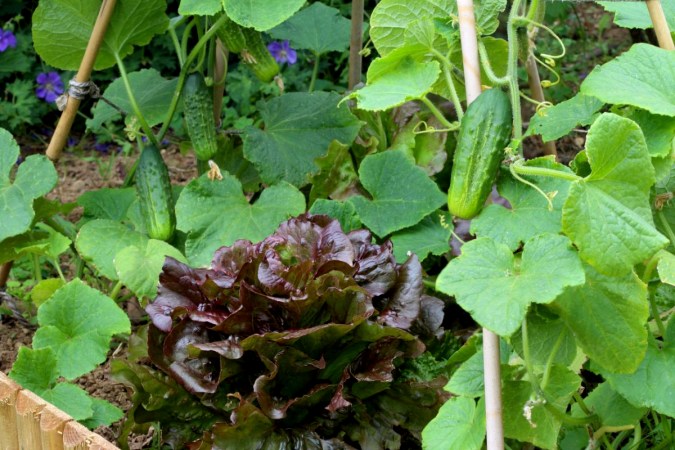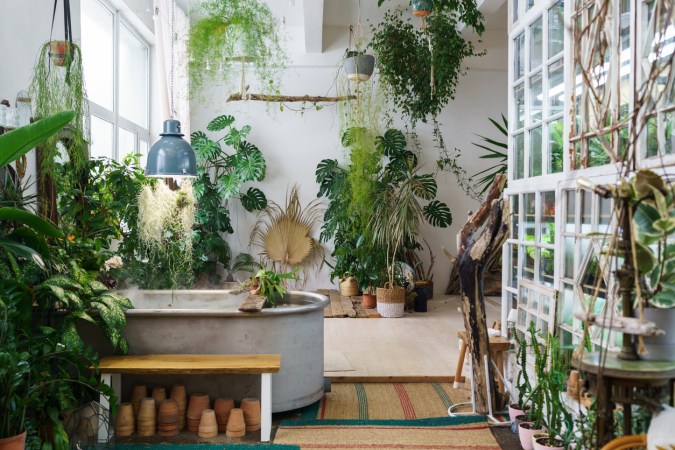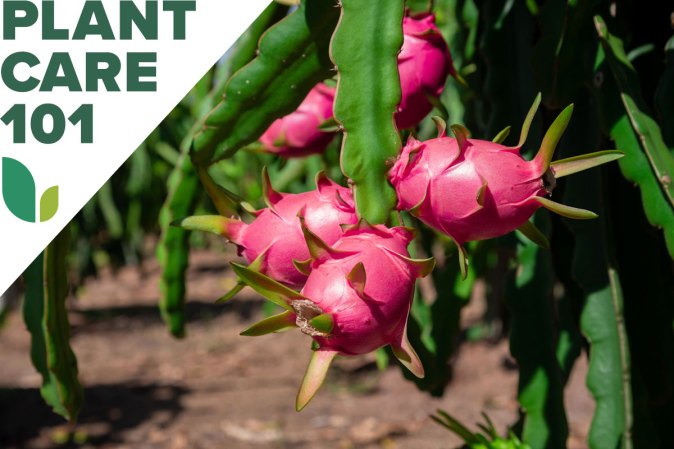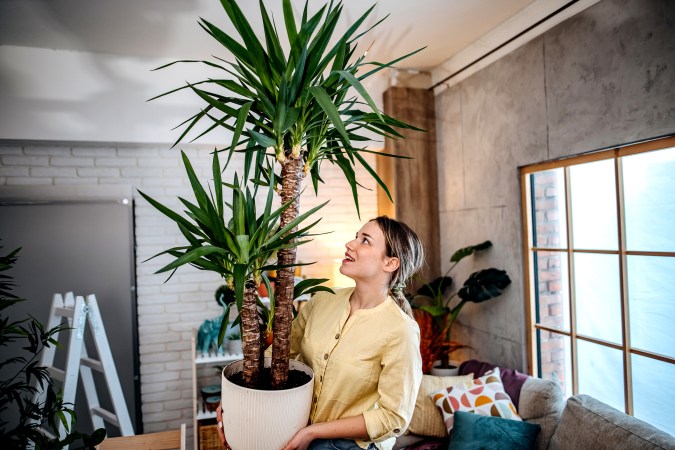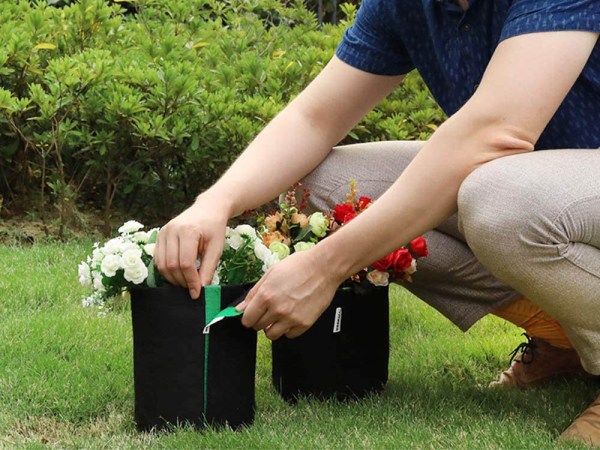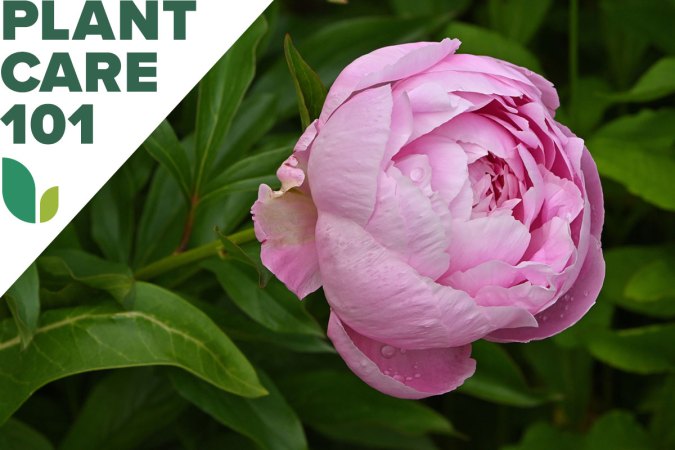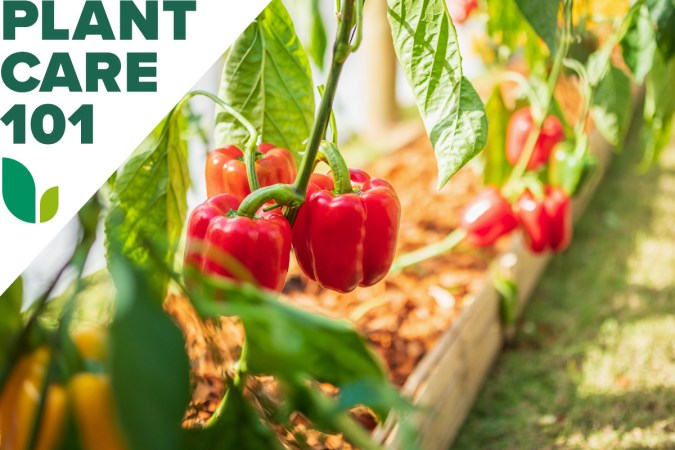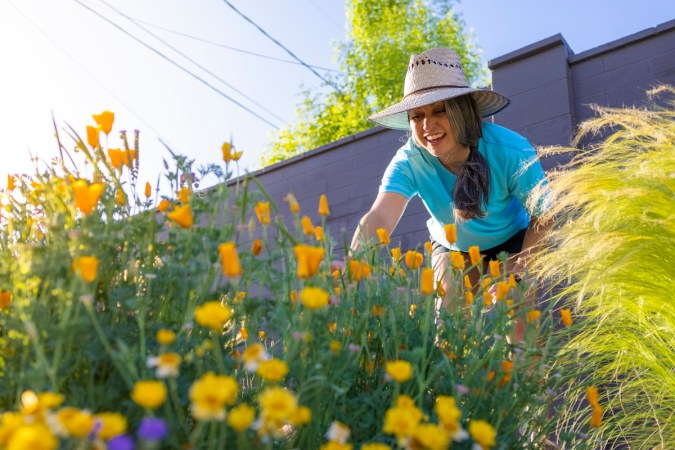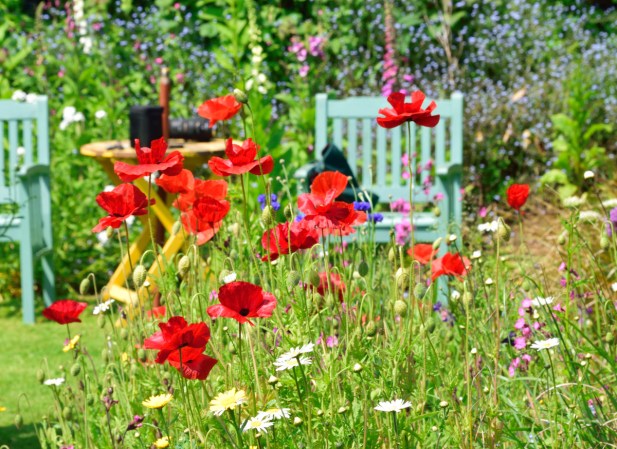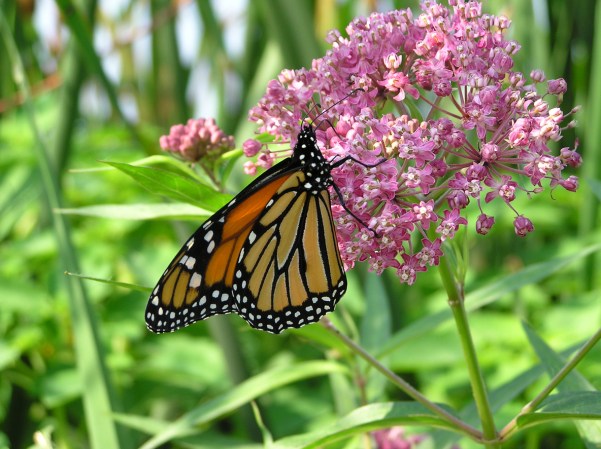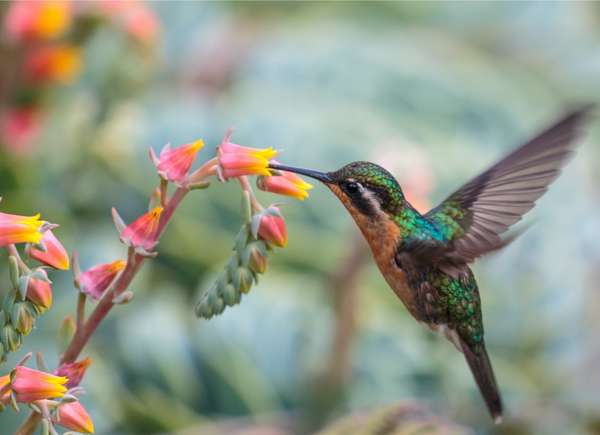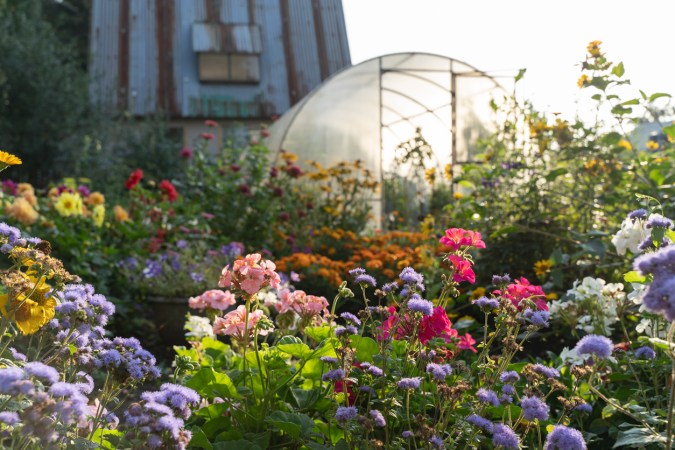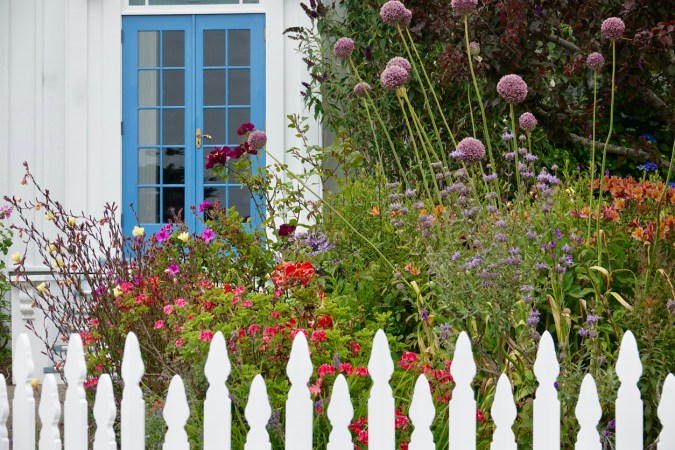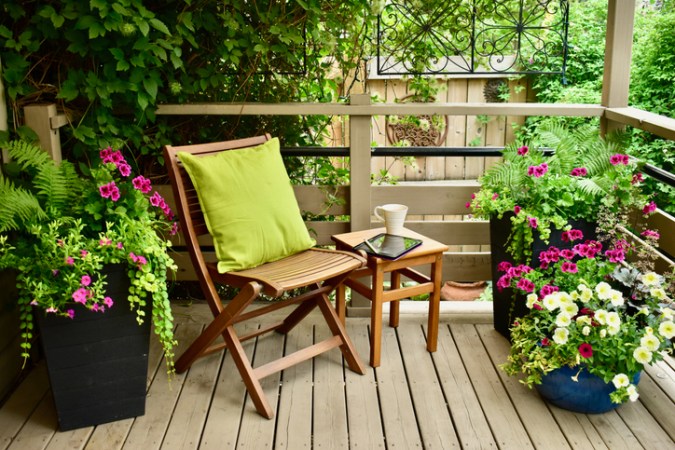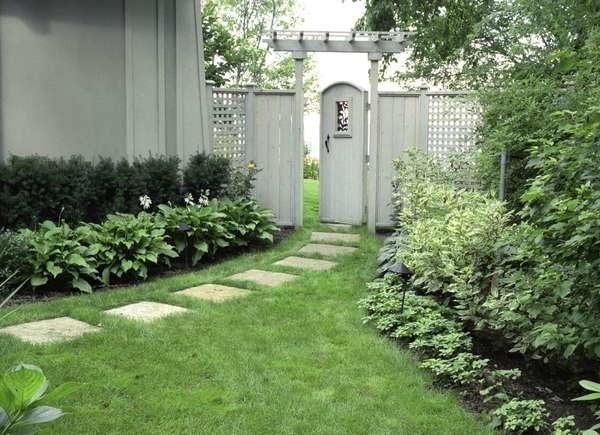We may earn revenue from the products available on this page and participate in affiliate programs. Learn More ›
Poorly draining gardens can be a headache for even the most seasoned growers. Not only are these spaces muddy messes, but most plants won’t thrive in waterlogged conditions and plants can develop root rot and dramatically wilt away if they sit in wet soil too long. But that’s where hardy native plants come in!
North America has an incredible variety of native plants and wildflowers that are highly adapted to a wide range of growing conditions. You can find native plants for dry desert spaces and shady spots, but you can also find native plants that thrive in wet areas. Ahead, discover a selection of the best water-loving native plants to suit every growing region.
Northeast
The Northeast has many species of water-tolerant plants, including several varieties of milkweed, cardinal flowers, and the buttonbush. Native plants in this region are cold hardy and low maintenance; however, if you’re looking for boldly colored natives that love water, the plants below are hard to beat. Just keep in mind that cold-hardy native plants often require stratification if you grow them from seed.
Spotted Joe Pye Weed (Eutrochium maculatum)
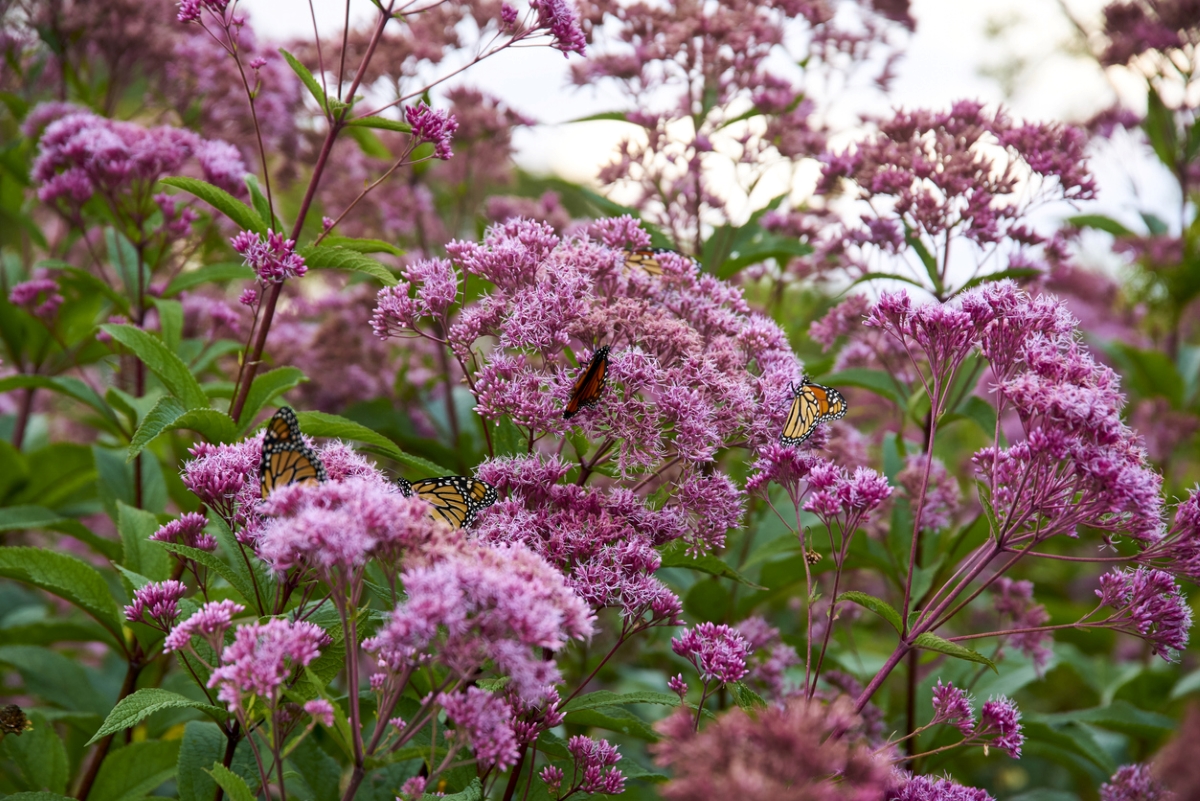
In the wild, Joe Pye weed grows in swampy areas and wet meadows that receive full to partial sun, so you know this plant will thrive in rain gardens. Plants bloom profusely towards the end of summer and pollinators of all sorts can’t resist their fragrant, purple flowers. However, Joe Pye weed plants have massive roots systems and they’re difficult to transplant, so you’ll want to be choosy about where you locate them.
Blue Flag Iris (Iris versicolor)
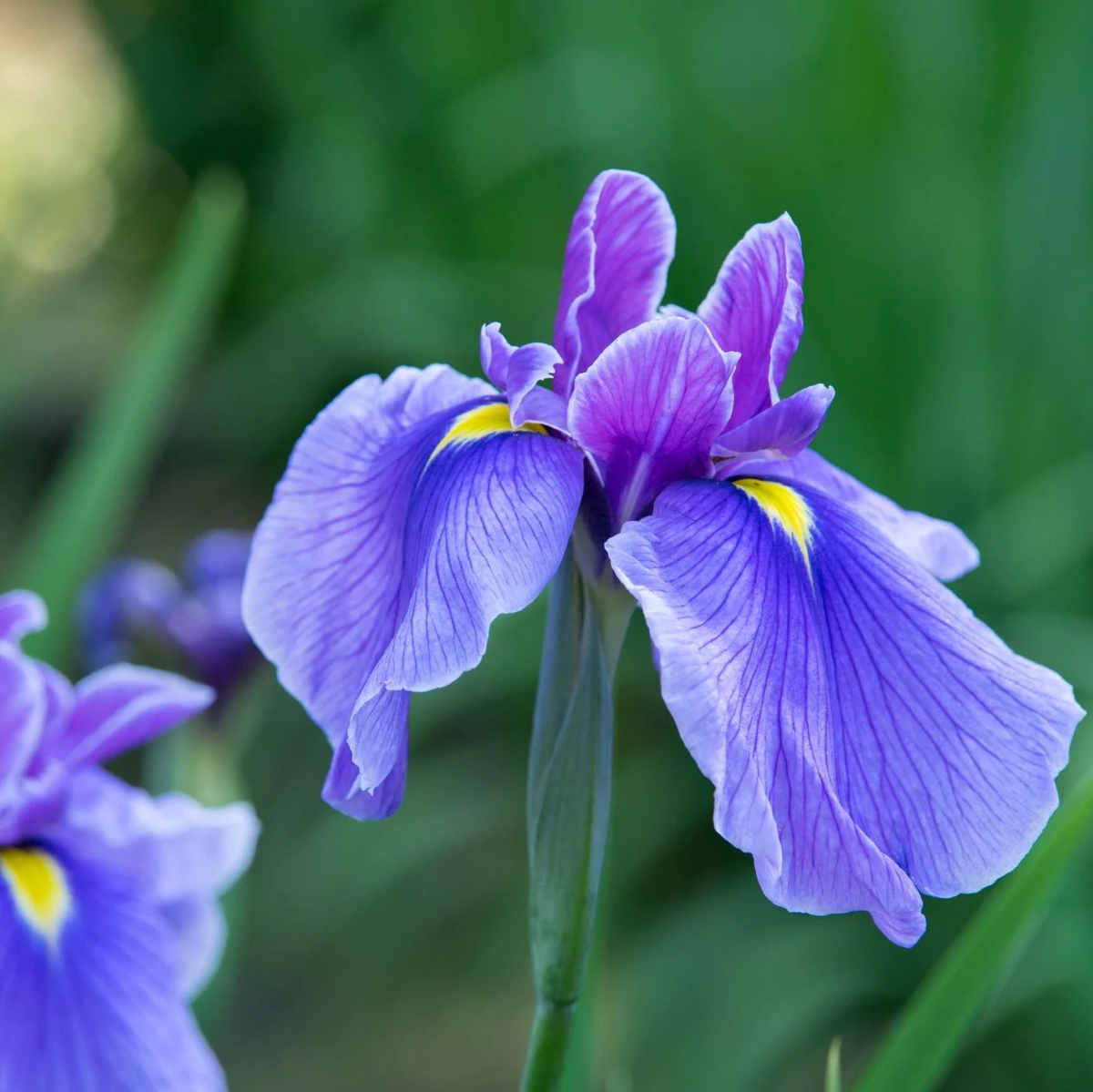
North America has several species of native iris plants that can be grown in wet areas, but the blue flag iris is a common sight in the Northeast. Also known as the harlequin blueflag or poison flag, this iris species boasts lavender to blue flowers and it maxes out at around 2 to 3 feet tall. Grow these plants in clusters in full to part sun for a more natural look.
Southeast
With hot and humid summers and mild winters, the Southeast has a relatively long growing season and flowers bloom early in the year. Ruby-throated hummingbirds can often be spotted in this region in February to March as they make their journey northwards after spending the winter in Mexico and Central America. Adding water-loving native plants to rain gardens can encourage these pollinators to stick around.
Swamp Rose Mallow (Hibiscus moscheutos)
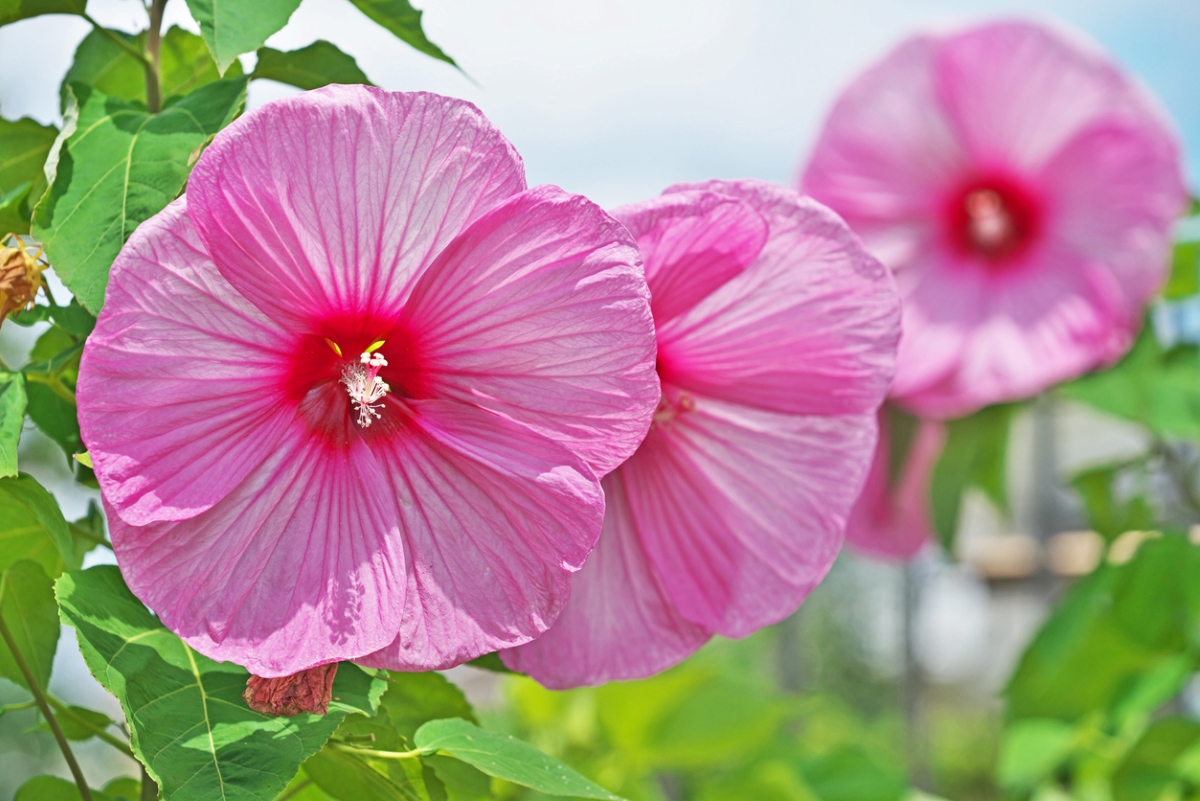
Swamp rose mallow is a variety of hibiscus and it’s closely related to other mallow species, as well as okra! Plants grow to about 10 feet tall, but they can be kept shorter with careful pruning. Locate swamp rose mallow plants in part shade and wait for their large, pink blooms to unfurl, which usually occurs from March to September.
Turtlehead (Chelone glabra)
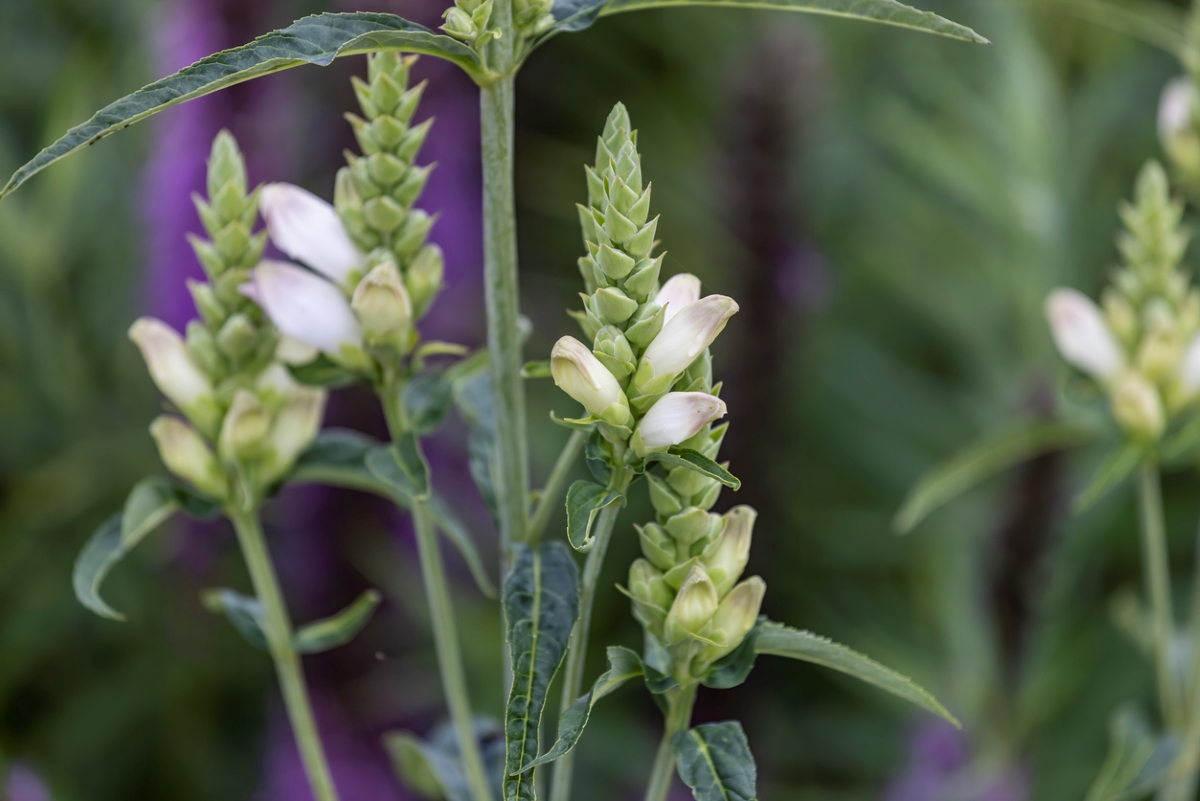
Turtlehead plants are native to most of the East Coast and they’re found along wet stream banks and open areas that receive full sun to partial shade. Mostly known for their curiously shaped flowers that closely resemble snapdragons, turtleheads are highly attractive to bumble bees and other native bee species. Mature turtleheads grow to about 2 to 3 feet tall and plants naturally form clumps, which can be divided every 2 to 3 years to provide more free turtleheads for your garden!
Midwest
Coneflowers, bee balm, and black-eyed Susans grow wild throughout many areas of the Midwest and they’re often used as grass alternatives in meadowscaping designs. But if you have a waterlogged garden, these plants aren’t the best options as they prefer well-drained soil. Instead of adapting your garden to particular plants, make your life easier by growing natives that are already well-suited for wet soil, such as cardinal flowers, milkweeds, blazing stars, boneset, and lobelia.
Common Boneset (Eupatorium perfoliatum)
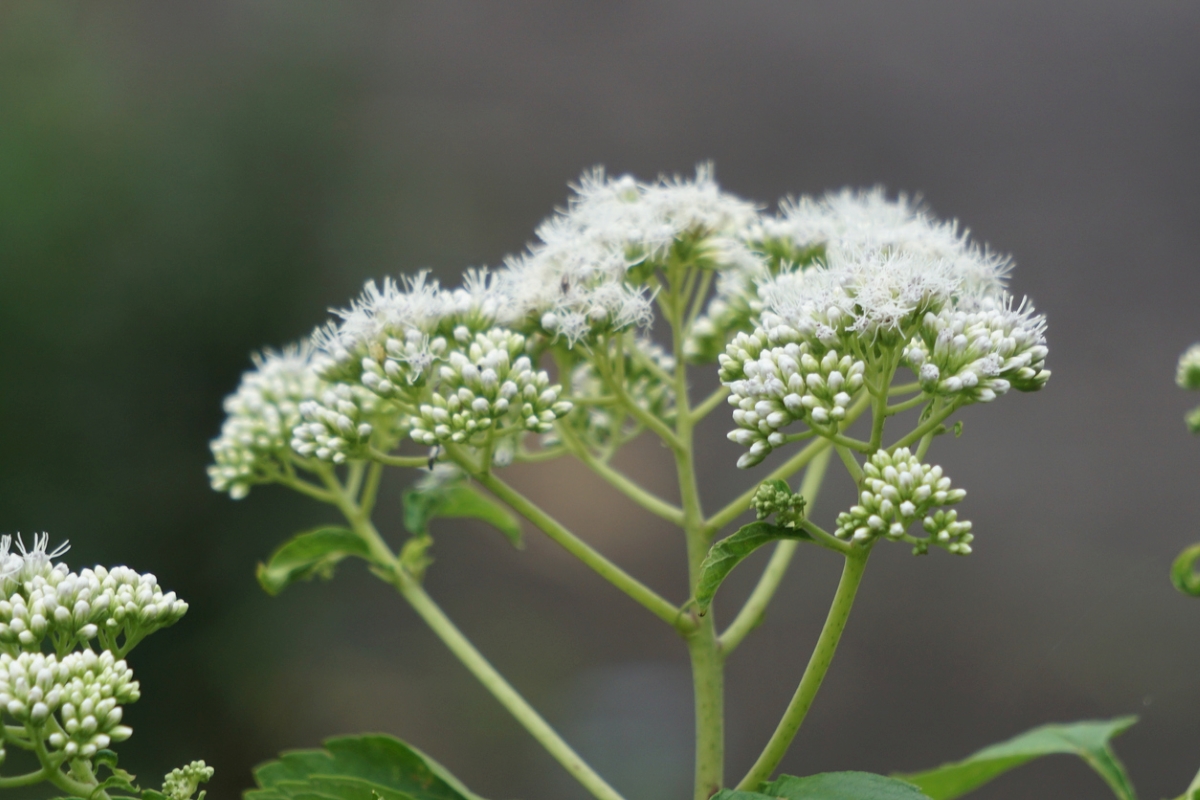
As its name suggests, boneset was once used as a remedy for broken bones, but today boneset is mostly grown as a pollinator plant. At first glance, boneset somewhat resembles Joe Pye weed, although this plant’s clustered flowers are a brilliant white. Another low-maintenance native plant, boneset thrives in sun or shade and plants can tolerate sandy or clay-heavy soils as long as they receive plenty of water.
Great Blue Lobelia (Lobelia siphilitica)
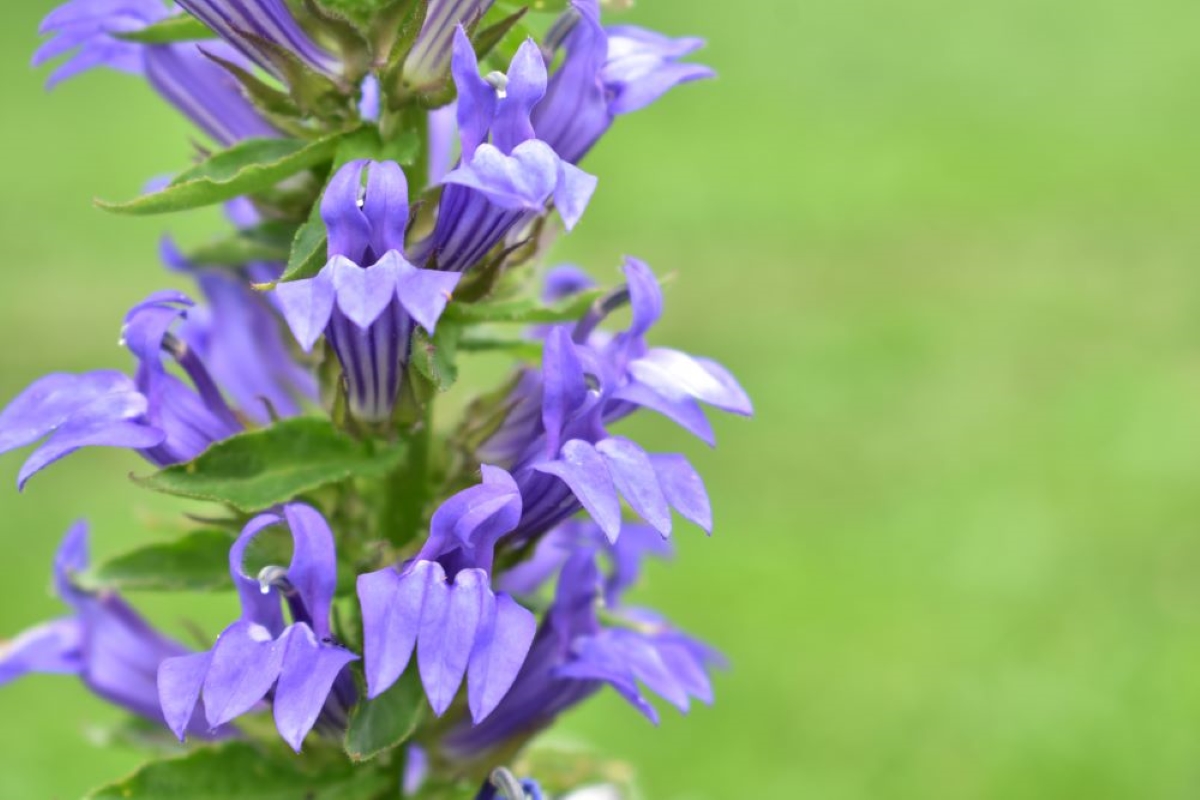
Also known as blue cardinal flower, great blue lobelia is naturally deer resistant, while its deep blue flowers act as magnets for hummingbirds and other pollinators. Cold hardy to Zone 3, blue lobelia is a survivor of a plant and it can adapt to all soil types, as well as full sun or part shade.
Rocky Mountains
Plants face a unique set of growing conditions in the Rockies and many non-native plants simply can’t survive in this area without significant maintenance. Not only are plants subjected to a high-altitude environment, but they’re also assailed by drying winds, fluctuating temperatures, and relatively extreme solar radiation. Luckily, plants native to the Rockies don’t mind these conditions one bit and there are a few natives that love wet soil, too.
Meadow Blazing Star (Liatris ligulistylis)
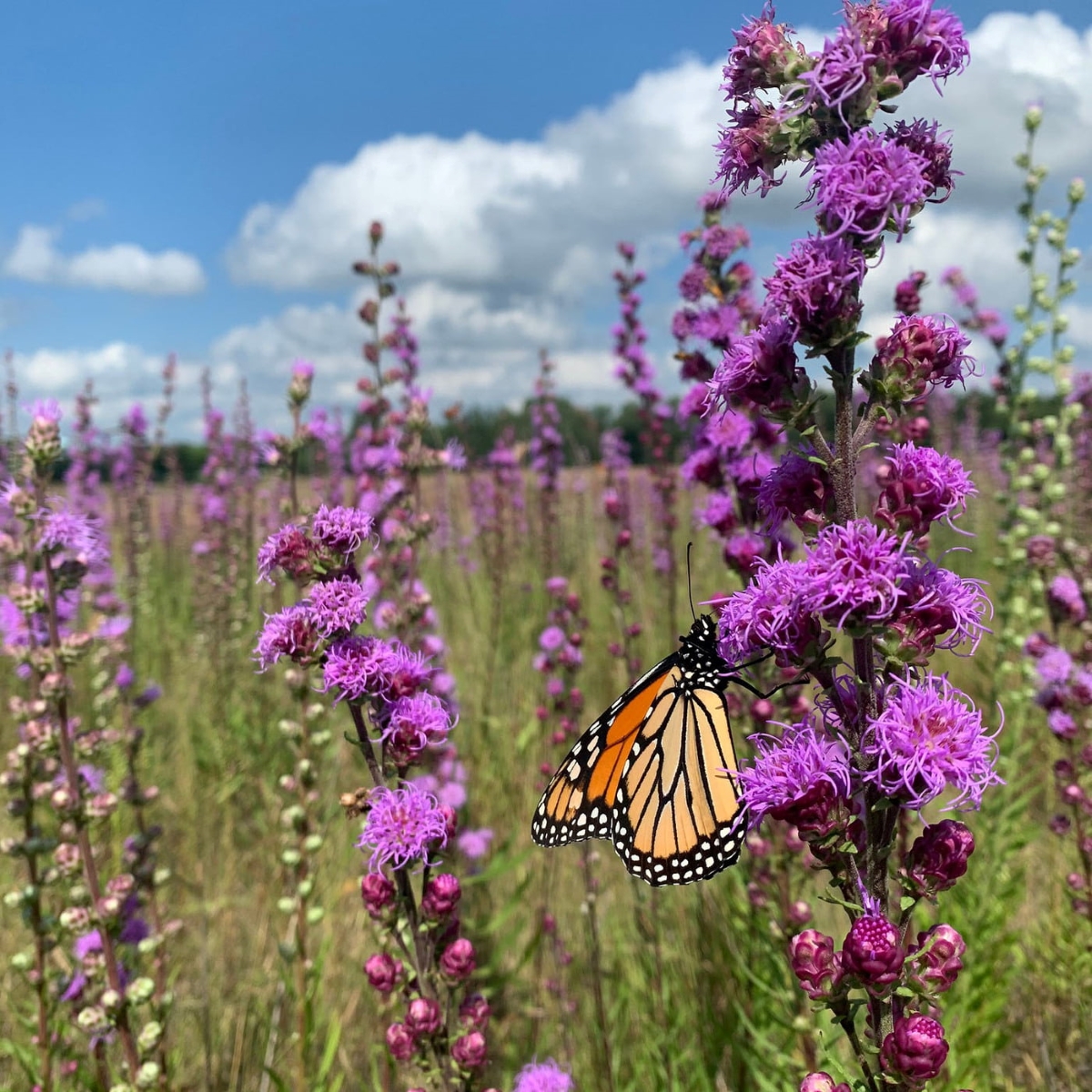
There are more than 40 species of blazing star plants, but the meadow blazing star is the variety to grow if you live in the Rockies. Blazing stars are also sometimes called liatris or gayfeathers, which can lead to a bit of confusion at plant nurseries. Like other blazing star species, meadow blazing star features slender, grass-like leaves and frilly, pinkish-purple flowers that look like mini fireworks.
Swamp Milkweed (Asclepias incarnata)
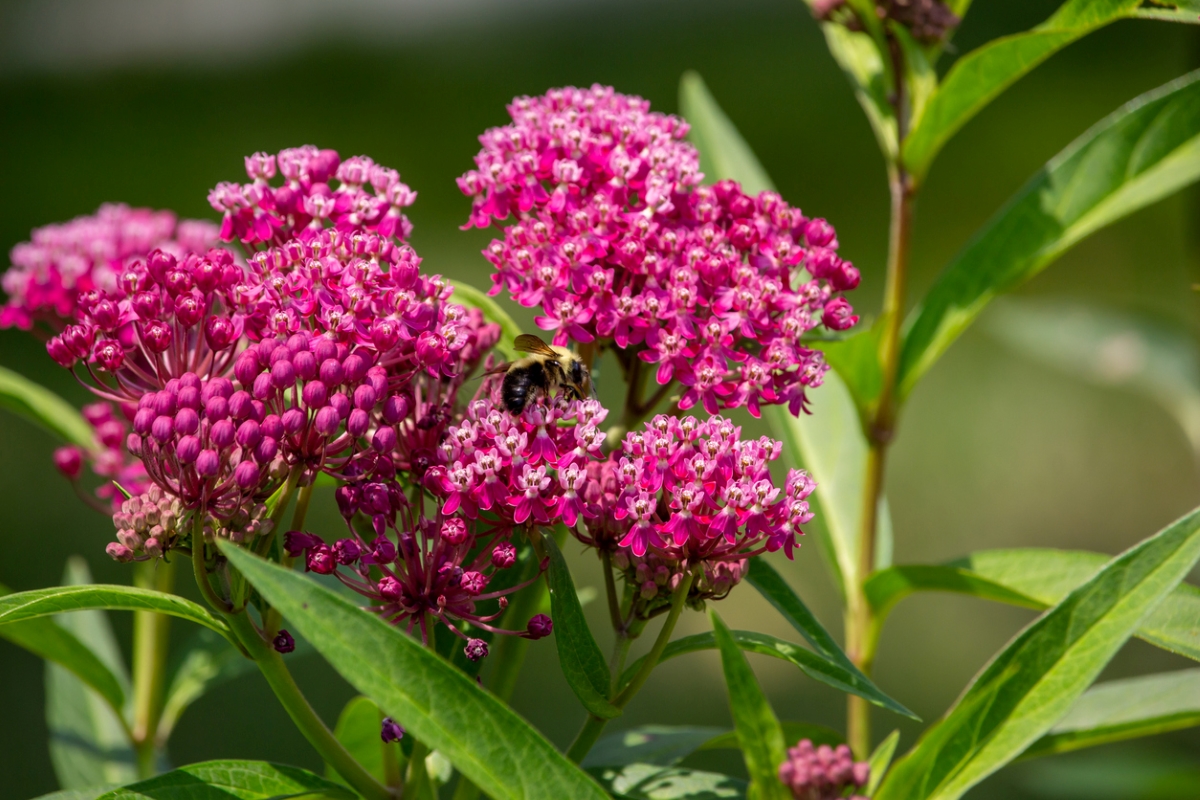
North America has over 100 types of native milkweed, including varieties that can grow in dry conditions. But if you have a garden that stays damp, swamp milkweed is the milkweed you need to be looking for. With bright pink flowers that emit a vanilla-like fragrance, swamp milkweed has a lot of admire throughout the growing season, and it’s also a host plant for queen and monarch butterflies.
Northwest
Gardens in the Northwest experience lots of rain and this wet environment is only made more extreme when garden soils contain high concentrations of clay. Selecting native plants that naturally grow in moist soil can take a lot of the work out of gardening in this region. Plus, native plants are also more attractive to pollinators!
Blue Vervain (Verbena hastata)
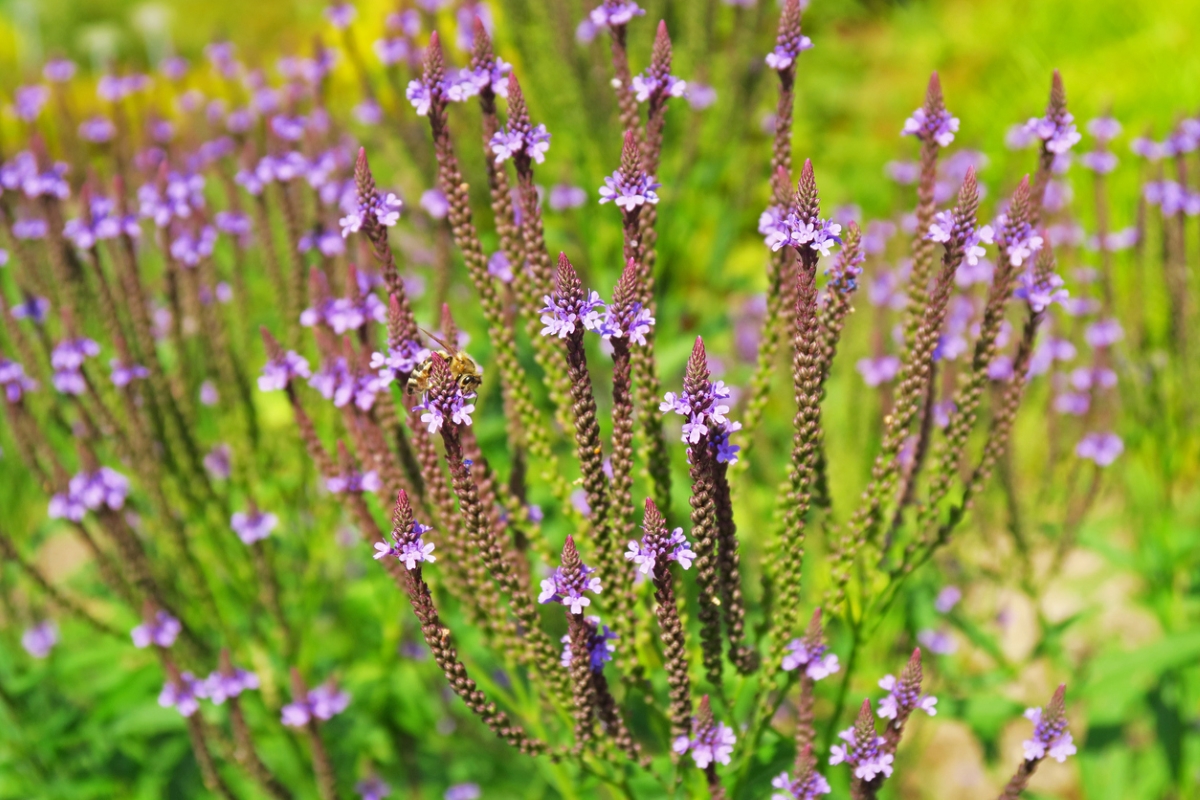
Also known as swamp vervain, blue vervain loves water and it can be found growing wild in damp areas that receive full sun or partial shade. These plants have a distinct look with spiky, clusters of bluish-purple flowers that are happily pollinated by bees. Mature vervains stretch about 6 inches high; however, these plants are biennials and they will need to be planted every year or two unless you let them go to seed.
Goat’s Beard (Aruncus dioicus)
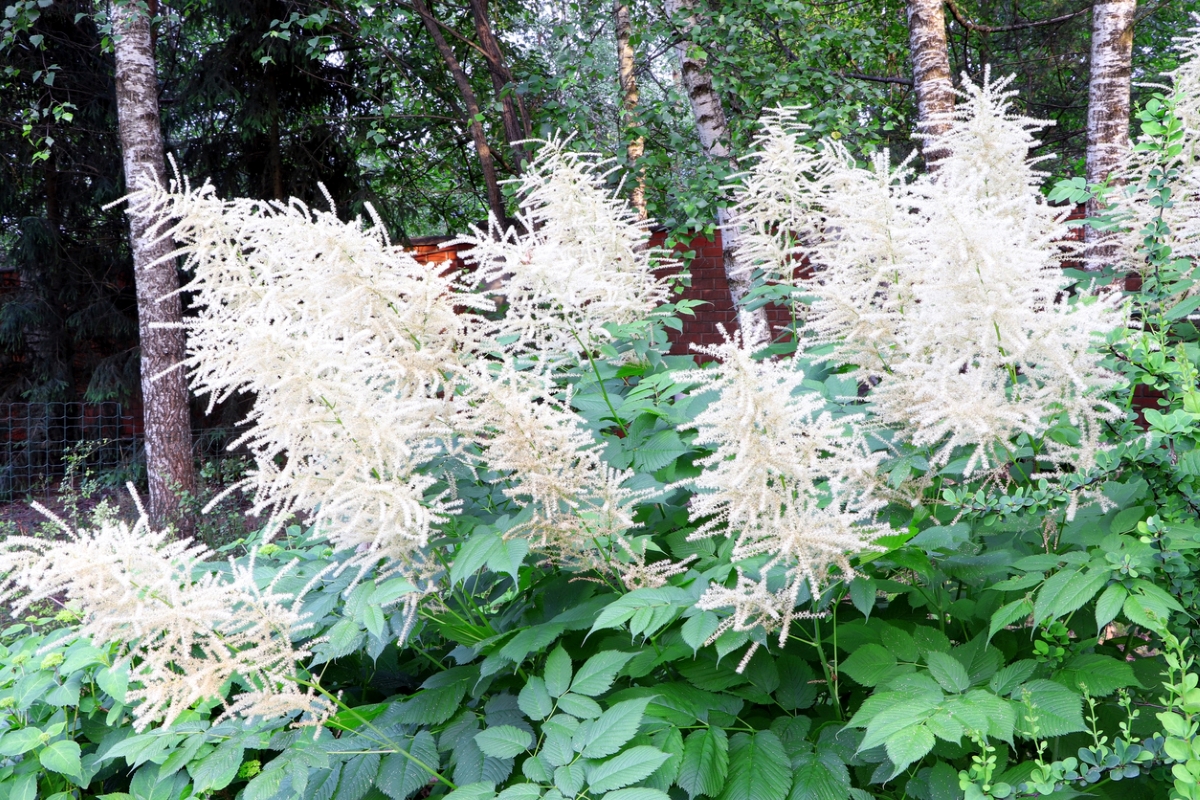
Once upon a time, gardeners grew Japanese knotweed plants as ornamentals and those plants were prized for their fluffy, white flowerheads. These days, growers know that knotweed is incredibly invasive and the thought of growing it intentionally sends shivers down a gardener’s spine. However, if you love the look of knotweed, goat’s beard is a native alternative without any of knotweed’s invasive tendencies.
Southwest
When most people think about the Southwest, they imagine a dry and arid landscape filled with prickly cacti. But that’s not the whole story. Many areas of the southwest region experience significant rainfall and water can pool in low areas and cause an eyesore for gardeners. Adding colorful native plants to low-lying areas can transform these unsightly spots into colorful rain gardens or wildlife habitats for bees and butterflies.
Cardinal Flower (Lobelia cardinalis)
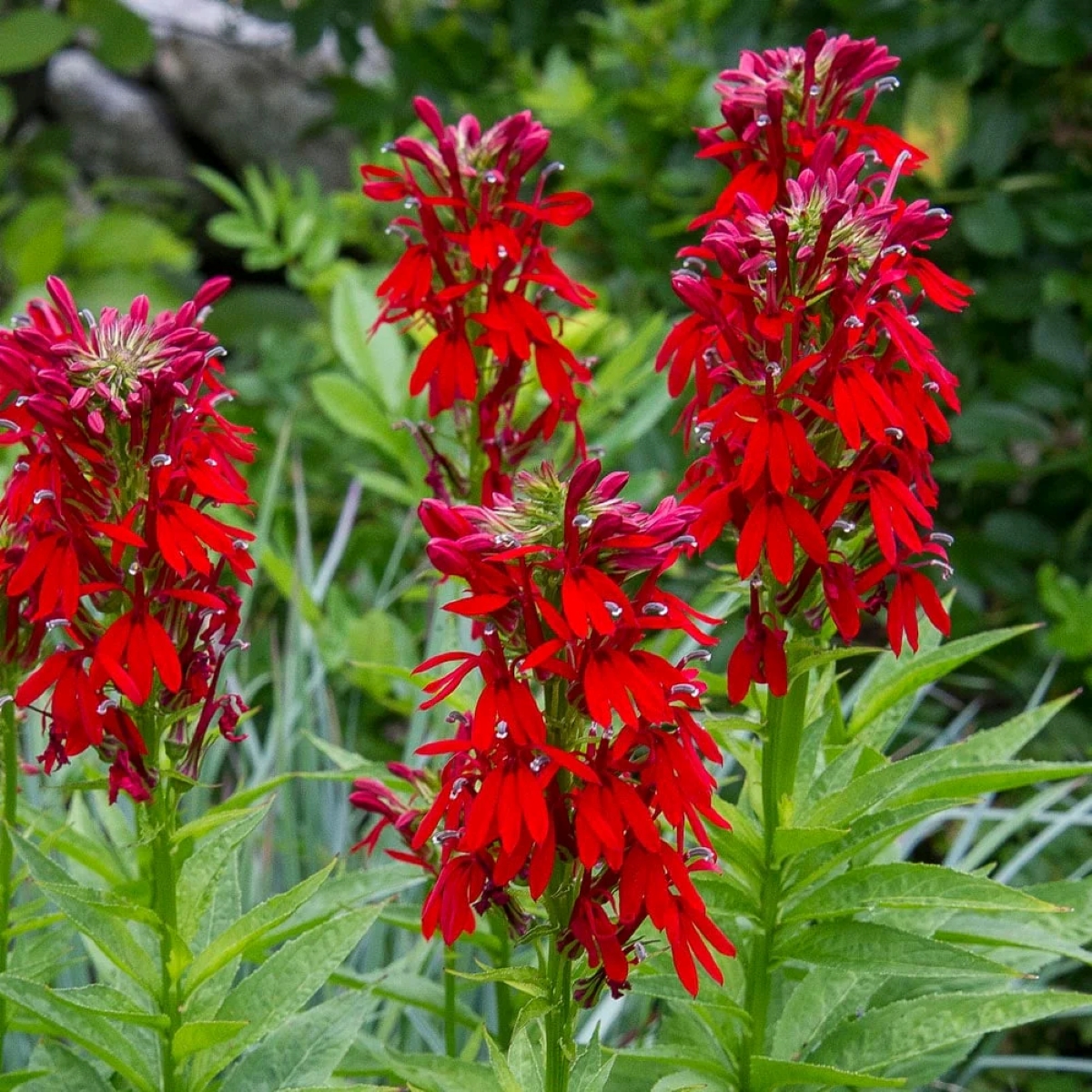
Cardinal flower is native throughout much of North America and it’s a colorful sight in Southwest gardens, too. This water lover craves moisture and it grows wild along stream banks where its crimson flowers beckon to hummingbirds and beneficial insects. Full-grown plants top out at about 3 to 6 feet tall and they bloom reliably from mid-summer through autumn.
Scarlet Monkey Flower (Mimulus cardinalis)
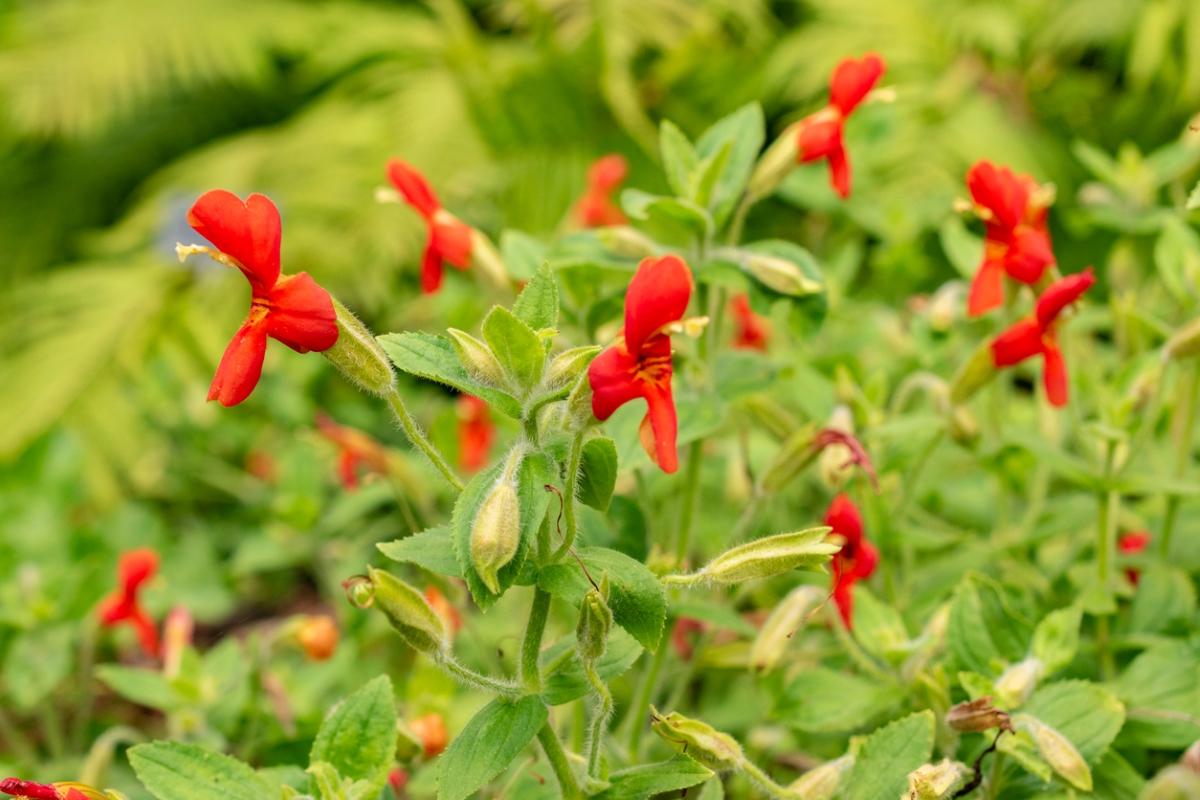
With bright red flowers, scarlet monkey flower has a similar look to cardinal flowers, although this plant is much smaller and it only grows to about 1 to 3 feet high. Unlike cardinal flower, scarlet monkey flower has a relatively compact growing range and it’s mostly found in the southwest and parts of Oregon. Scarlet monkey flower blooms from summer to fall in partial shade, but these plants flower even better in full sun.
